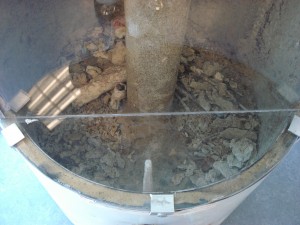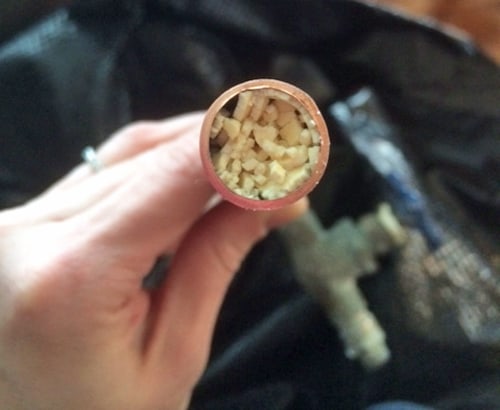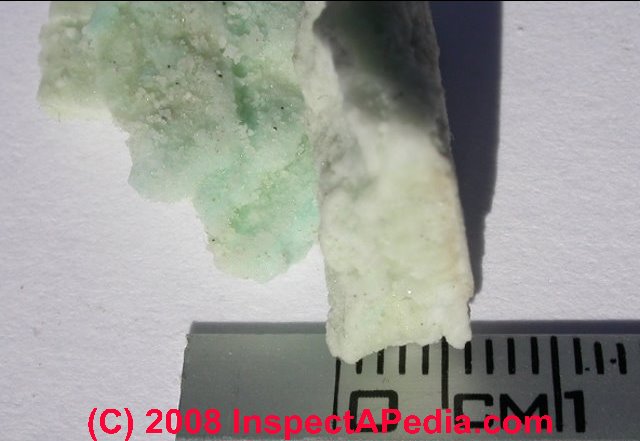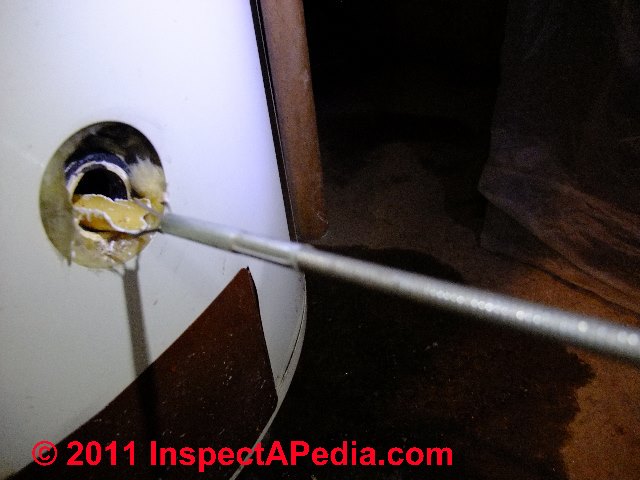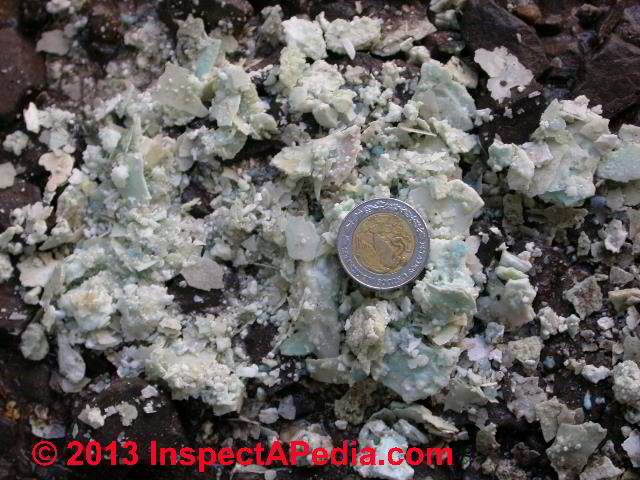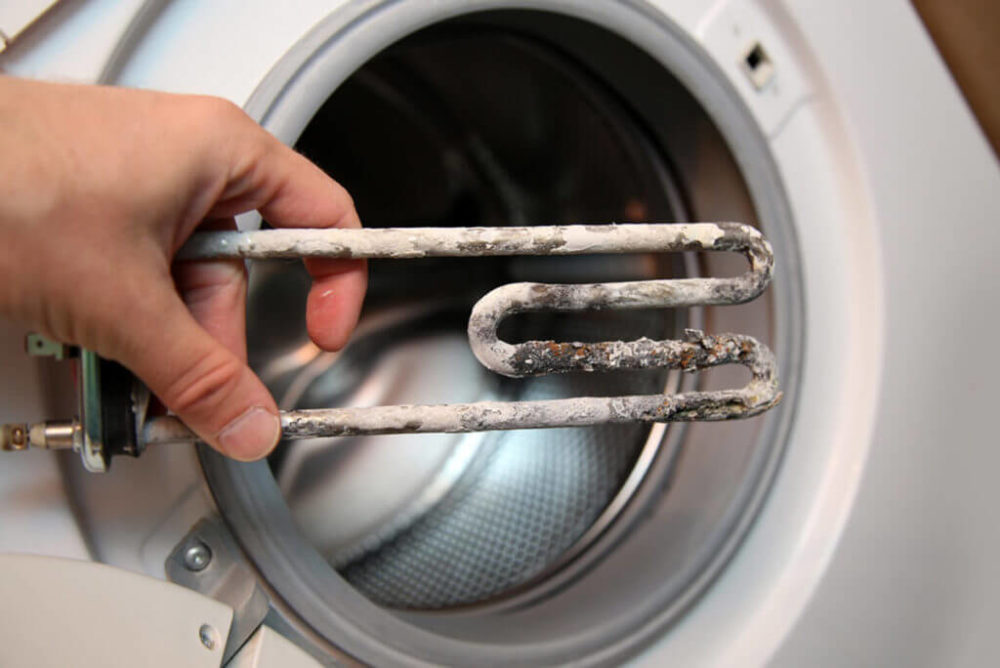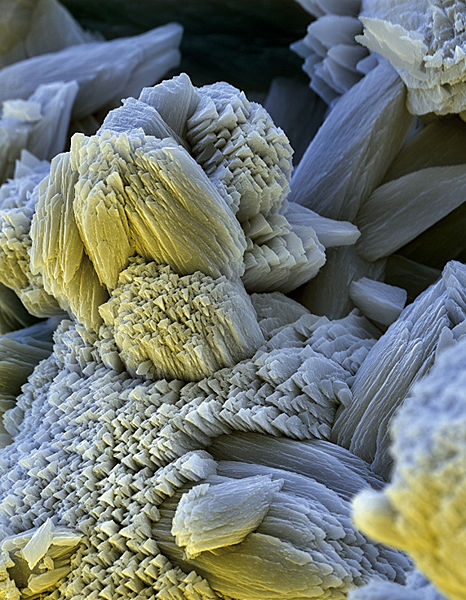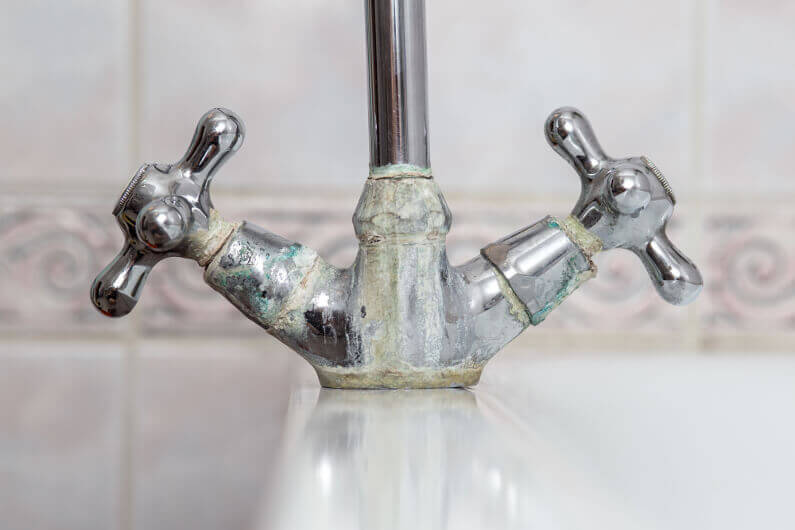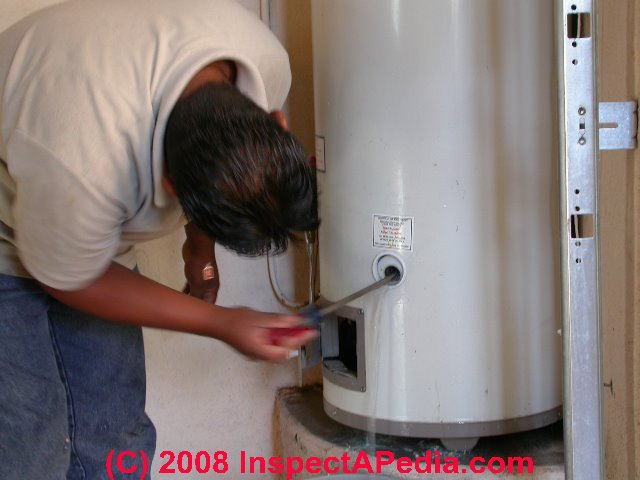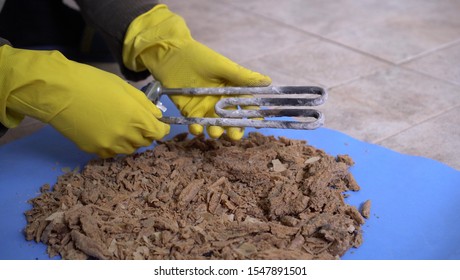Hot Water Heater Calcium Removal
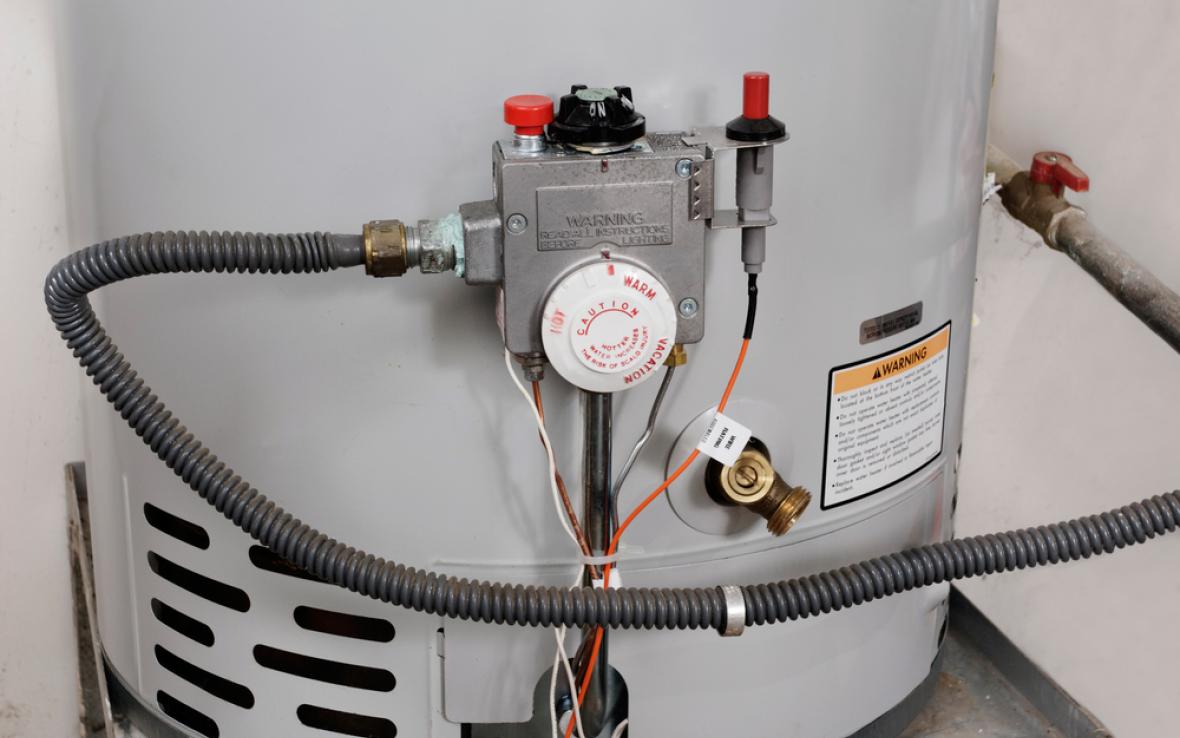
The internal drain valve should be more than sufficient for removing the calcium deposits from your water heater.
Hot water heater calcium removal. By the way the only thing you gain by removing calcium is a bit more efficiency. The hotter the water is the more calcium and magnesium comes out of solution and forms solid deposits on the elements in your hot water heater. How to remove lime from a hot water tank. You may see chunks of calcium and limescale it s normal.
To understand calcium s detrimental effects we must first understand how water heaters work. Calcium build up in hot water heater lowers the ability of your tank to conserve heat and can also lead to the growth of harmful. This flushing involves the draining of the heater to allow the removal of all the particles floating on the tank. If you notice your water bills creeping up and your hot water heater is not working at its best calcium deposits and sediment are the reasons.
This article describes in complete detail the steps in the procedure to remove scale or lime from a hot water heater tank hot water heater de scaling or de liming procedural steps. I ll show you how to remove the calcium from your water heater so. Lime or other mineral deposits that settle in the bottom of your water heater can affect the operation of the heater and cost you money. 3m aqua pure whole house scale inhibition inline water system ap430ss helps prevent scale build up on hot water heaters and boilers 4 6 out of 5 stars 1 403 68 98 68.
One by one open each faucet all the way and let the water run for about 2 minutes. If your thermostat is too high this can aggravate. This results in high costs and longer waits for hot water. Just because your water heater is filled full of calcium doesn t mean you have replace it.
We also provide a master index to this topic or you can try the page top or bottom search box as a quick way to find information you need. A water heater is a straightforward piece of equipment that performs an essential task. Flushing the hot water heater at least twice a year is another way to control this sedimentation. Cold water flows in through it gets heated by a heat source and then flows out once you turn on the warm water in your home.
Once you re finished turn your water back on and then turn your breaker for your hot water heater back on.

